Did you know that growing numbers of students in our country are afraid to express their ideas in the classroom? They will just not speak their mind.
This is not because they think they might be wrong. No. It is more because they worry that so many things on their mind might be offensive or scary to others. Many are afraid to role play. Many won’t try out new ideas.
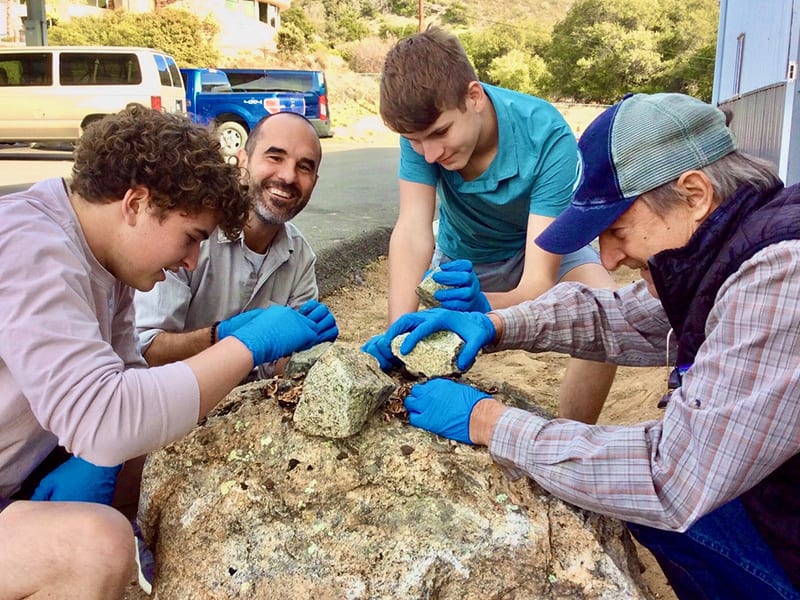
Can we remove some guardrails? How can we restore freedom and the confidence to speak up? Our teachers did not put those guardrails up. So what is this?
Saying what you feel can be risky, even though teens need a safe space to do so. Many have put up their own guardrails. Speaking out, someone might call them woke, or a Trumper, mirroring our calamitous national political arena these days. Students worry that someone will make negative political or social judgments about them. Maybe their thoughts get posted on social media, or in some very visible way.
This is a big problem. Why? These are kids. They need to play (with ideas). Where’s the sandbox?
Our kids are hearing all about violence and judgment everywhere. What are they supposed to do with all that? Few of them know how to talk about those, either. Restrictive mandated reporter regulations or fearful guardians could even get them into terrible trouble if they say something wrong as they try to express themselves. Often their ideas go home to somebody else’s parent—and kids know exactly which of their friends’ moms or dads get shocked and appalled. Better to just clam up.
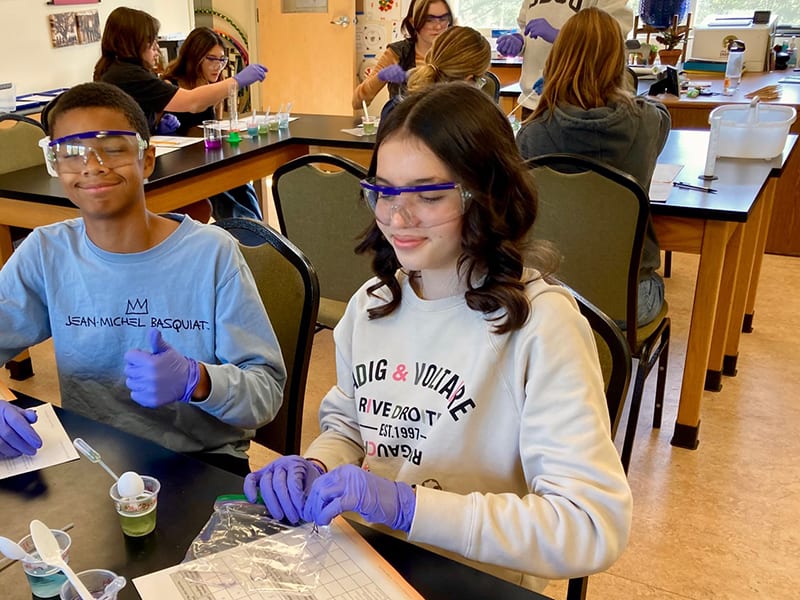
Many kids want to try out ideas, and they might be thinking: “I don’t actually believe that!” or “My mom/dad wouldn’t even get it if that got back to them,” or “I was just trying that idea out and debating it.” Too late. You’re in trouble now. You’re branded. Few schools really have safe space.
Safe space is where the guardrails are off and we can express healthy, non-divisive conflict, and where we learn that conflict is a normal part of growth and acceptance—not a cause for isolation, fear, or avoidance. You’re not going to get judged. You can try out ideas. Where do you get that? Most teens can’t.
Safe space is where the guardrails are off and we can have healthy, non-divisive conflict… you’re not going to get judged.
A mentor is someone you can safely confide in. Mentors for our kids are more important than ever, as are safe debates and deep conversations. Those conversations can include tones of voice and facial expressions, and probes for clarity, but not judgement or unsolicited advice giving. When you’re playing in the sandbox of ideas, advice is just bad news.
Our teens need open space at school. They need to try ideas as they attempt to develop independence and, this space often can’t even include parents. (Remember, in most cases, the teacher simply must assume that the parent and teen have their own relationship that develops independently.)
Kids need safe spaces to express themselves without getting reported, without getting their friends or teachers scrutinized by worried parents or judgmental peer groups. Trying out ideas is not supposed to be risky. It’s the way we all clarify our ideas and values.
A lunchtime talk club: This year, another teacher and I started a lunchtime conversation club from an unusual request by a high school student and his friends who just wanted someplace where they can speak about …“things.” You, know, things that, if they said them in the classroom or at the dinner table, might get them judged. Having safe forums like this feels wonderful, empowering, and safe.
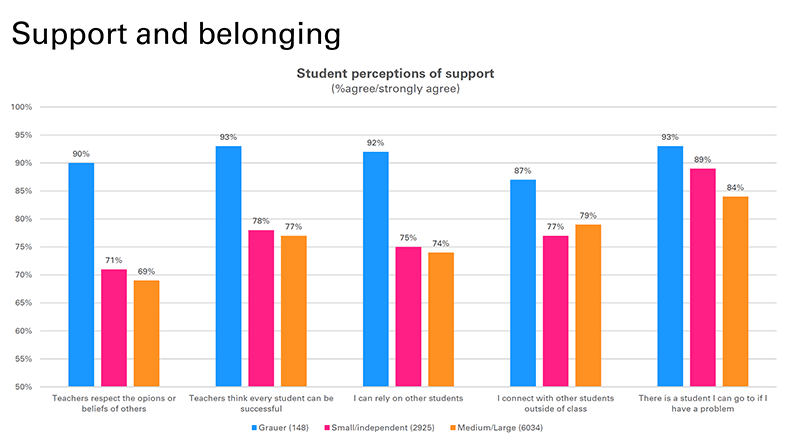
Today’s kids do not take open space for granted—those guardrails feel narrow, and the anxiety among many is so high it’s about to burst, according to mental health experts. But having safe space to express and try out ideas can be about the greatest thing about childhood. I’ve loved our lunchtime conversations on the weeks I’ve been there with those students. I feel like they are somehow unburdening. And I’ve never seen any of those students pulling out a cellphone. I bet some other school forums feel that way, too: our Activism club, our Girl Rising club, our GSA club, and many of our Core Values Portfolio groups, as well. And there are certain teachers that students have that feeling with. Every student deserves at least one teacher that creates a safe space for them, and we work hard every year to make sure they do.
Creating safe space for expression is the real work of teachers, especially in these days of anxiety.
One exercise I heard about is fun for parents and teachers. It’s called “Editor.” Try it:
Imagine your teen is a reporter, and you are the editor. Your job is to listen so intently that when they come to the end of the “draft” report they are making, you can produce the headline. Just the headline. This is your distilled, accurate summary of what your teen said that does not introduce new ideas or your opinions. Can you deliver the headline back to your teen? With no judgements? If you can, that shows them that you’re listening, and it validates their feelings.
Parents taking on the editor role are creating safe space. The teachers who “host” safe space in their classrooms are almost always the favorites of teens. For good reason. As Dana Abplanalp-Diggs, Grauer Principal, cited in her Grauer Newsletter column this week: “In their surveys of over 100,000 high school students across the nation, Challenge Success has found that:
- Nearly 50% put forth effort but rarely or never find school interesting or enjoyable.
- Only 42% feel they can really be themselves at their schools and only 40% feel like a part of the school community.
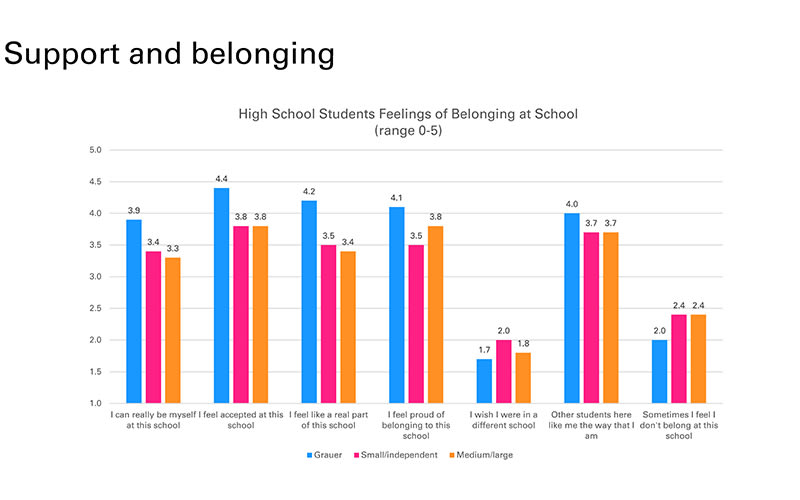
Those great teachers who find opportunities to create student-directed classroom activities provide great relief to many students if those activities are engaging. Gamification of the lesson can be an effective way of creating a sense of open space where students can speak freely and let go of pressures. Here’s an article with a good example of gamification, such as some of our teachers use well, notably Morgan Brown, Grauer Physics teacher: “How I gamified my classroom“. Grauer’s long established use of “evals” which identify and honor our core values rather than just fixed academic outcomes is a leg up for kids of all kinds. They’re not ranked. They don’t feel judged or pressured. Likewise, the ability to upgrade assignments (a component of Mastery Learning) removes the guardrails for many kids who might otherwise feel anxious or constrained. When we still have choices and opportunities, we’re much less anxious.
Non-judgmental mentors and confidantes for our kids are more important than ever. Safe debates and deep conversations help kids feel free and empowered. Teens have some heavy things they might be feeling, sometimes their ability to express them is fleeting, and they are not always fitting in the classroom. So then, where?
A child who is expressing anxiousness ought to have a counselor, mentor, family member, or trusted teacher to talk to. The small school, relationship-based model of schooling has been shown to remove the guardrails safely and reasonably, and to foster less anxiety. The smaller community provides the safe spaces that teens need to be heard, to clarify their thoughts and emotions, to exercise their creativity, and to feel support.
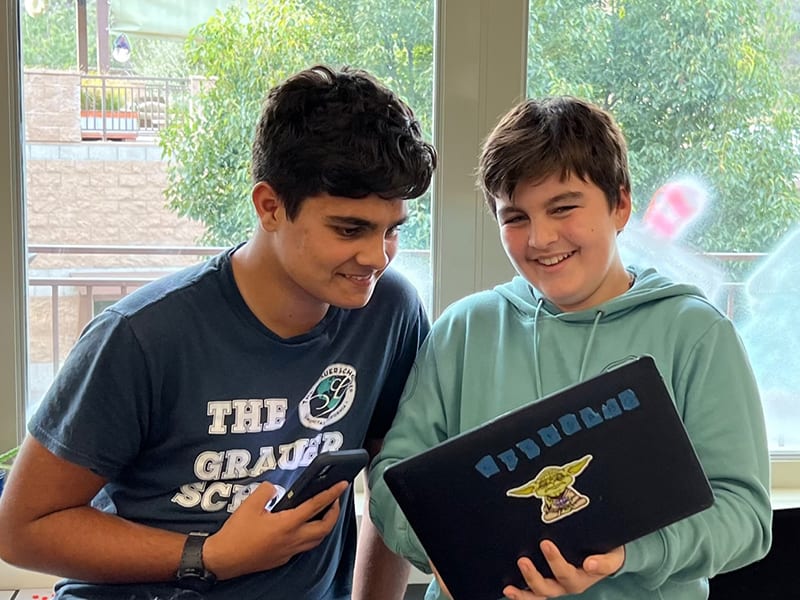
I know we need to set limits for our kids, and I know some people see education more as a matter of controls than of liberation. But not at The Grauer School. We also know our kids never end up doing just what we want, but we believe in them and their essential goodness. In the end, the great and joyful life is a lot more about getting rid of the guardrails than setting them on.


Recent Comments